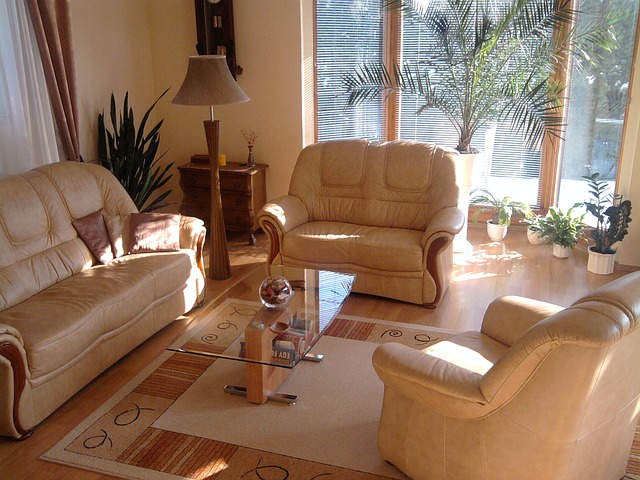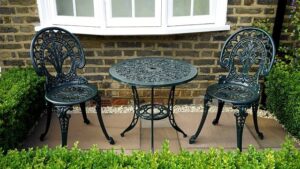Introduction
Antiquing furniture is a popular way to add character and charm to your home decor. Whether you have a family heirloom or a thrift store find, giving furniture an antique look can transform it into a unique and timeless piece. In this article, we will explore the process of antiquing furniture, including the materials needed, the techniques involved, and some tips to achieve the desired results.
Materials Needed
To antique furniture, you will need a few essential materials. Here are the main items you will require:
Sandpaper: Sandpaper is crucial for preparing the surface of the furniture. Different grits of sandpaper will be needed depending on the level of distressing you want to achieve.
Paint or Stain: Choose a paint or stain color that matches the desired antique look. Opt for muted tones or distressed finishes to create an aged appearance.
Antiquing Glaze: Antiquing glaze is a translucent liquid that adds depth and highlights to the furniture’s details. It is typically applied after painting or staining.
Brushes and Rags: Use brushes for painting and staining, and rags for applying and wiping off the antiquing glaze.
Protective Finish: A protective finish, such as wax or polyurethane, will seal and protect the furniture once the antiquing process is complete.
Techniques for Antiquing Furniture
Now that you have gathered the necessary materials, let’s explore some techniques for antiquing furniture:
1. Preparing the Surface: Start by cleaning the furniture thoroughly to remove any dirt or grime. Then, use sandpaper to roughen the surface slightly. This step helps the paint or stain adhere better.
2. Applying Paint or Stain: Depending on the desired look, you can either paint or stain the furniture. Apply thin coats of paint or stain, allowing each layer to dry completely before adding another. For a distressed look, you can lightly sand certain areas after the paint or stain has dried.
3. Adding Antiquing Glaze: Once the paint or stain has dried, apply the antiquing glaze using a brush or rag. Work in small sections, applying the glaze and then wiping it off with a rag to achieve the desired level of antiquing. Focus on the crevices and details of the furniture to enhance the antique effect.
4. Sealing the Finish: After the antiquing glaze has dried, it is essential to protect the furniture with a sealant. Apply a thin layer of wax or polyurethane using a brush or rag, following the manufacturer’s instructions. This step will ensure the longevity of the antique finish.
Tips for Achieving the Desired Results
To achieve the best results when antiquing furniture, consider the following tips:
1. Practice on a Sample Piece: If you are new to antiquing, it is a good idea to practice on a small, inconspicuous piece of furniture or even a scrap of wood. This will allow you to experiment with different techniques and gain confidence before working on your desired piece.
2. Take Your Time: Antiquing furniture is a process that requires patience. Take your time to apply each layer of paint, stain, and glaze carefully. Rushing through the steps may result in an uneven or unsatisfactory finish.
3. Experiment with Different Techniques: Don’t be afraid to try different techniques to achieve the desired antique look. You can experiment with distressing, layering colors, or using different types of glazes to create unique effects.
Conclusion
Antiquing furniture is a rewarding process that allows you to breathe new life into old pieces. By following the steps outlined in this article and using the right materials and techniques, you can achieve a beautiful antique look for your furniture. Remember to practice, be patient, and have fun with the process, and you will soon have a stunning piece of furniture with a timeless appeal.
References
– DIY Network: www.diynetwork.com
– The Spruce: www.thespruce.com
– Better Homes & Gardens: www.bhg.com












